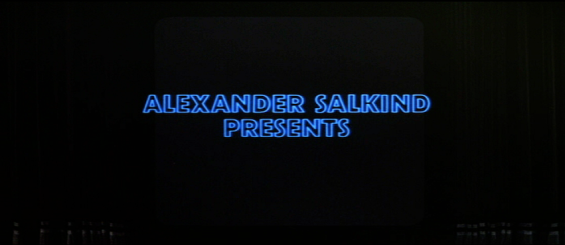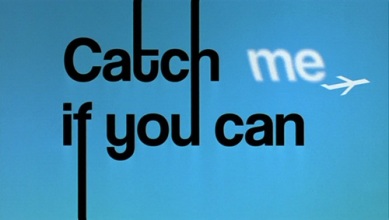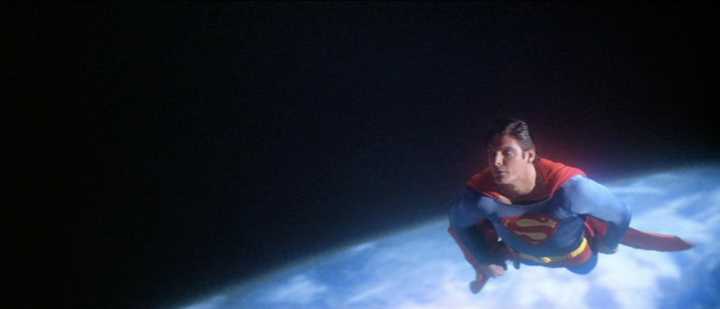Since my return from Philadelphia I’ve been listening to Film Score Monthly’s groundbreaking release of the music of Superman. The FSM “Blue Box” contains eight compact discs containing the complete original scores from all four Christopher Reeve Superman films (1978-1987) and the music from the short-lived 1988 Superman cartoon series. It’s a remarkable achievement by such a small record label, who specialize in the music of the movies. The rich history of the Superman films and their music is documented in an accompanying 160 page book — a must-have for any fan of the series or the music of John Williams.
Superman: The Movie remains the quintessential superhero film and the comic book adaptation against which all others are judged. While director Richard Donner has had other successes — namely The Omen and the Lethal Weapon franchises — his most accomplished work remains Superman. The expensive and exhausting production of the original 1978 film has been documented elsewhere, most recently in the 12-DVD box set released by Warners in 2006 to celebrate their “year of Superman” that coincided with the release of Brian Singer’s Superman Returns. I’d like to focus on a few smaller aspects of Donner’s work, namely the music and the main titles.
Listening to the music of Superman: The Movie by John Williams, I recall being six years old and hearing the soaring march for the first time. The Superman theme — which includes a brilliant three-note phrase that seems to call out “Sup-er-man!” — is the music of flight. It is visceral and transparent, and most important, it soars. Perhaps most interesting is the “balletic preparatory” music that precedes the introduction of the fanfare and, by corollary, Superman himself. It’s a dotted triplet rhythm that is carried by the low strings and sets a variety of action sequences in motion. It’s used to great effect during the first big reveal, when Clark Kent transforms into Superman on the streets of Metropolis to save the life of Lois Lane, who dangles off a building roof. There’s something about that “preparatory” phrase that is very John Williams. It’s dead serious, yet playful, and entirely cinematic. It reassures the audience of Superman’s imminent arrival in the same way that the shark motif in Jaws warned of imminent danger. The moment when Clark tears open his shirt, revealing the Superman shield, is effective because of this musical lead-up.
Part of the original film’s appeal is the opening title sequence — designed by R. Greenberg and Associates — that features the full musical fanfare and march in Dolby Stereo. Donner’s intent was to immerse the audience in the world of Metropolis and the mythology of Superman without losing a sense of verisimilitude — the quality of appearing real. This was also manifested in the film’s marketing campaign, which utilized the tagline “You’ll believe a man can fly.” As such, the film itself begins in a movie theater with the curtains closed. The frame-within-a-frame reveals another frame when the curtains part (like in those old picture palaces) and a screen appears, followed by the noise of an old projector.
The appearance of the date “June 1938” is followed by a black-and-white faux newsreel narrated by a small child, who explains that during the Great Depression, not even the great city of Metropolis was spared hardships and despair. The child turns the pages of an Action Comics book and the camera focuses on a sketch of the Daily Planet. The newsreel then dissolves to a live-action version of the Daily Planet building at night, and the camera arches beyond its roof and into the heavens.
Though music has been playing in the background up until this point, it’s been nondescript. A timpani roll formally introduces the beginning of the title sequence and the film-proper. The first title, that of producer Alexander Salkind, appears to move beyond the old-fashioned movie screen (whose ratio is approximately 1.33:1) and into the theater space. As the blue letters invade the theater space, the screen widens to the full Panavision width of 2.35:1 and the side curtains move beyond the limits of the frame.
The music continues to swell, building off of the preparatory phrase, until the S shield fills the screen with a red glow.
The remainder of the title sequence repeats the innovative 3-D effect for each name and credit, giving the impression they are flying past the audience.
The starfield background is occasionally interrupted by a cosmic anamoly or starburst, which is timed to the music. Or, should I say, the music is timed to the image. Either way, it works beautifully to convey the grand spectacle to follow. In his original review of the film, New York Times critic Bosley Crowther expressed his distaste for the sequence when he wrote that the “opening credits … are so portentous they could be announcing the discovery of a new mouthwash…”
Little did he know that the main title sequence was slowly fading from view. In the years since Superman: The Movie, studio executives and filmmakers have moved the bulk of credits to the end of the film. My own research reveals that by the early 1990s, most Hollywood films held the “main” credits for the end, reversing a long history of studio filmmaking that announced up-front who was responsible for the film you were about to see. Some have attributed this move to audience polling during advance screenings. Studios risk losing the audience’s attention during long, cumbersome title sequences. Even Steven Spielberg has noted that he prefers the end credit system, since it enables him to start the film without disruption or pause.
This is ironic since Spielberg’s Catch Me If You Can opens with one of the most entertaining title sequences in recent memory. Indeed, the animated titles pay homage to a by-gone era of studio filmmaking, when title songs and sequences became as famous — or even more famous — than the films themselves. Here I’m thinking of the Pink Panther and James Bond series, which incorporated complex animation and choreography to open each installment.
While Catch Me If You Can appears to be the exception, a number of studio films continue to place the main titles at the beginning of the film. They are noticeably translucent, tucked at the edges of the frame, in order not to detract from the introductory scenes that, no doubt, are establishing character and plot. The Devil Wears Prada opens with a montage sequence showing Andy and other women preparing for an early morning job interview. The sequence is set to the up-tempo KT Tunstall song “Suddenly I See,” which glues the whole thing together, and sets a rhythmic tone for the film to follow.
Some films have even crafted intricate and visually interesting end credit sequences. The second and third Bourne films showcase an array of graphics that interact with crew names. The use of Moby’s “Extreme Ways” works not only a musical signature for all three films (they all incorporate this song over the end credits), but it provides the quick tempo and catchy melody that turns ordinary credits into an arresting credit sequence. See the credits here.
Other films have dispensed with opening titles altogether. After studio logos, Michael Bay’s Pearl Harbor opens on the image of a sunset and gets down to business without even announcing the title of the film. Batman Begins opens with an elaborate sunset shot filled with swarming bats that form the shape of the bat signal. No title, just the shield. I admit there’s an immediacy to this technique, since you are instantly plunged into a fiction without the presentational aspects that have shaped our collective notions of movie structure.
More recently, 3:10 to Yuma, Michael Clayton, and No Country for Old Men offer their respective titles at the start of the film, but nothing more until the closing credits. This is by far the most common technique utilized by current filmmakers: state the title and get on with it.
For a while, especially in the 1960s, the title sequence was an emerging art form. Saul Bass is a legend in the field, producing the titles for Psycho, Anatomy of a Murder, Vertigo, It’s a Mad, Mad, Mad, Mad World, and my personal favorite, Casino. In addition to Superman, R. Greenberg and Associates created the titles for Home Alone and The Untochables. And, of course, Maurice Binder’s Bond sequences are among some of the finest and trashiest ever produced.
The novelty of these sequences lies in their ability to set a tone, create a visual and sonic signature, and synthesize the iconographic elements of a given film. The best ones can emerge as standalone set pieces, while others simply serve as introductory “warm ups.” It’s not surprising, then, that the Superman sequence began with a ritual that has also faded from our movie-going habit: the grand theater with a proscenium and curtains that reveal the screen.
Instead, we now get more commercials in front of the feature, smaller screens, and movies that are all too willing to cut to the chase.
What are your favorite title sequences?













yesterday i found a site with quite big collection of very interesting main titles.. http://www.movie-titles.tv
napoleon dynamite was awesome for credits.
My least favorite title sequence is for Scorsese’s The Age of Innocence, which features sped-up images of flowers blooming projected onto lace. Stylistically I don’t think it matches the film at all.
My favorite is probably North by Northwest. The geometric design coupled with Herrmann’s score is pretty wicked.